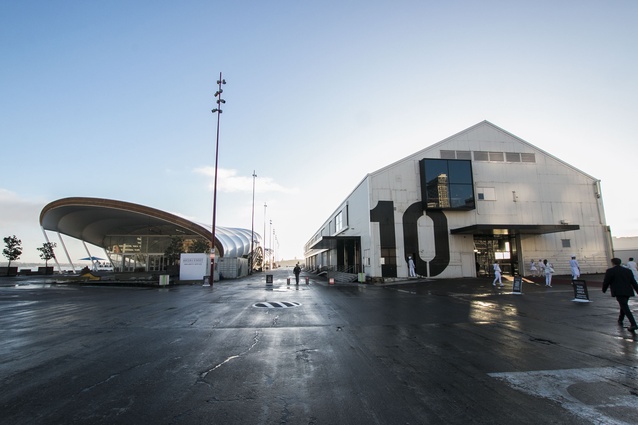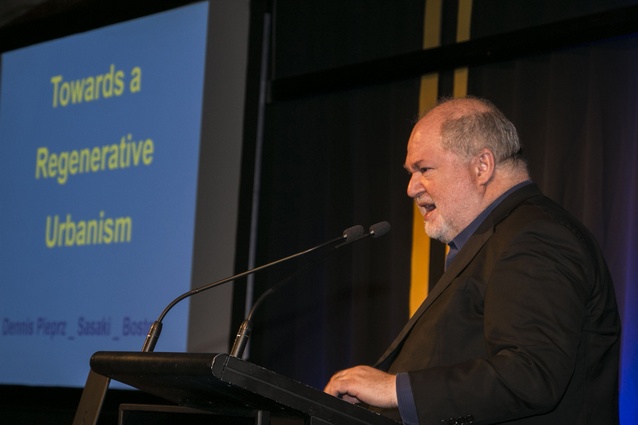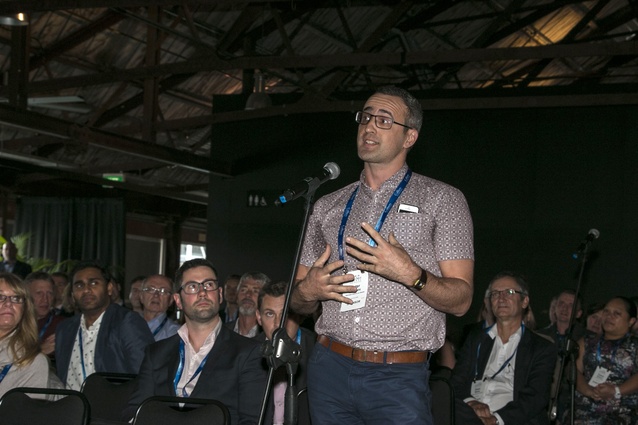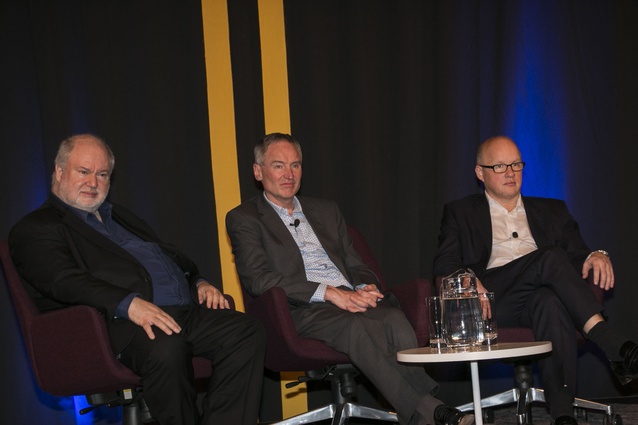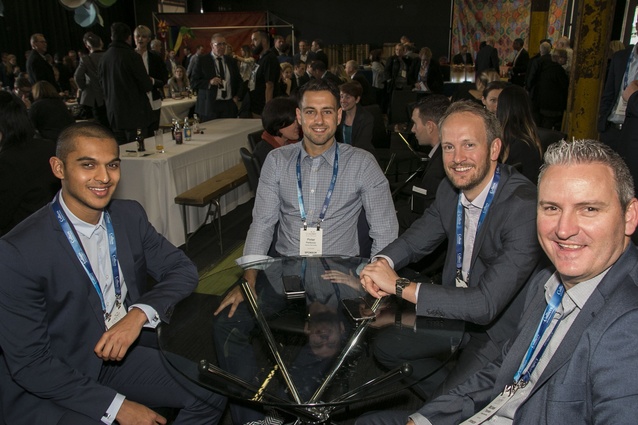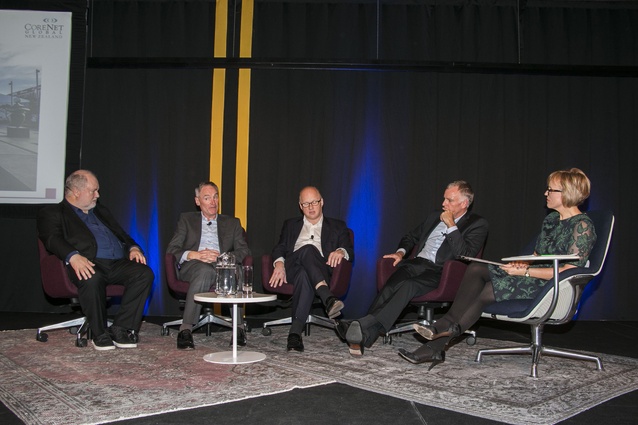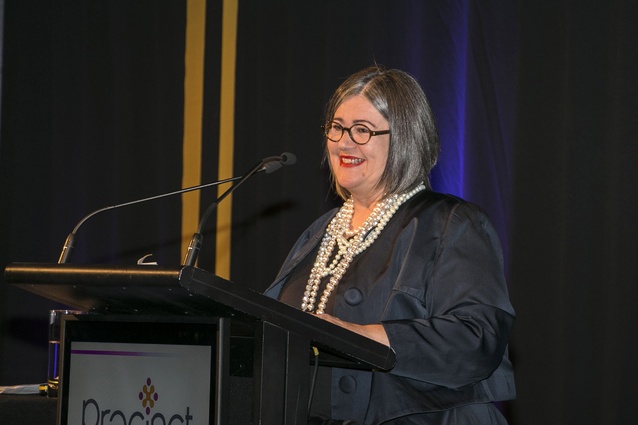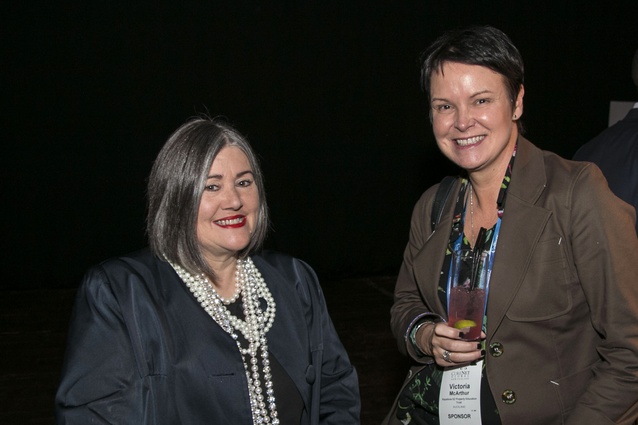The age of the city
Camille Khouri of Interior magazine attended the CoreNet Symposium 'The Age of the City' on Thursday 16 June and heard all about urban regeneration and the future of work.
The future of the workplace is bright – according to the various speakers at the CoreNet Symposium yesterday – just so long as we can all get our heads around a few new (and some not so new) concepts, such as sharing. The topic of this year’s symposium was ‘The Age of the City’, and presenters tackled topics around urban regeneration and how people can work and live in harmony and cooperation with each other and the environment.
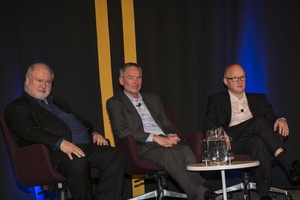
The day kicked off with presentations from two UK speakers, Richard Howard from Cushman & Wakefield London and Chris Kane from Chris Kane Associates. Howard was involved in the huge redevelopment of London’s King’s Cross, which was once a place that most people steered clear of, but is now home to a number of major companies, such as the European offices of Google. He described the ways in which culture can be altered or introduced to an area by reestablishing the history of the place, and how sometimes it takes one brave company to make the move, then the rest will follow.
Kane’s talk was more focused on the workplace and how it can be transformed in the age of Activity Based Working and flexibility. He was the mastermind behind the BBC relocation strategy and the creation of Media City UK in Manchester. According to Kane, we have been trained to think about the world in separate ‘silos’. “This way of thinking inhibits innovation and creativity and makes our progress much more fragmented,” he said.
After a short break, Rod Marler from Auckland’s Panuku Development came on stage to talk about the success of Wynyard Quarter and what’s next in the exciting agenda for Auckland Council. We saw the processes involved in creating Wynyard Quarter, and the road ahead to similar planned projects in Onehunga, Manukau, Northcote and Takapuna. After the presentations that focused on projects in the UK, it was great to see that Auckland is on track to becoming a city on par with success stories overseas.
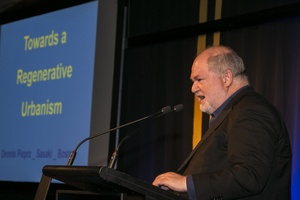
Boston urban designer Dennis Pieprz was next with a series of exciting presentations from projects around the world, such as a very cool river walk in Chicago and the regeneration of Monterey City in Mexico, using the university as a centre. He showed how the environment was factoring into urban design projects, such as one in the Phillipines where pollination routes were designed into the master plan. He also discussed the cultural barriers he sometimes had to cross to design these new centres, which involved new ways of thinking for the residents. “The challenge is to create amazing spaces that get people away from their hand-held devices,” he said. The way to do this, according to Peiprz, is to define the heart of a place.
After some delicious street food-style lunch, the energetic and funny Hilary Barry hosted a panel discussion with the four men who had presented that morning. This was an insightful discussion into the future of the city. When asked by the host when you know if a new development has been successful, the answer from Richard Howard was “when you see the users smile – and also if my teenage children are going there!” This brought about the memory of Rod Marler’s presentation on Wynyard Quarter, which included a video of lots of smiling faces using the area. They also talked about the future of work and how companies need to be flexible in order to retain staff and allow for the needs of family, for instance by being open to staff doing some hours from home.
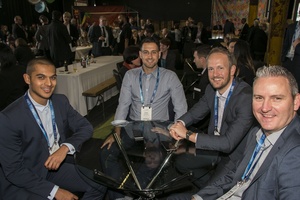
After this, there was a choice to either stay upstairs for a quickfire session with several of the presenters or go down to participate in a workshop by Darren Sharp, a sharing economy strategist. The concept behind the ‘sharing city’ basically involves creating communities where surplus is optimised. In groups, we were given fifteen minutes to come up with a concept that could be introduced to make Auckland a sharing city. These ranged from using the foyers of buildings as public meeting areas, to volunteering your garden for use by those who live in apartments. The concept of the sharing city is fairly new, but it seems to be something that will carry a lot of weight in the future. Sharp talked about some cities who are already using these concepts, such as Amsterdam, Seoul and Bologna.
The day was rounded off by an inspirational talk from World designer Denise L’Estrange Corbet, and then the crowd moved to the bar for cocktails and canapes. The feeling from everyone at the symposium was that it had been a day of insights that left you optimistic about the future.

